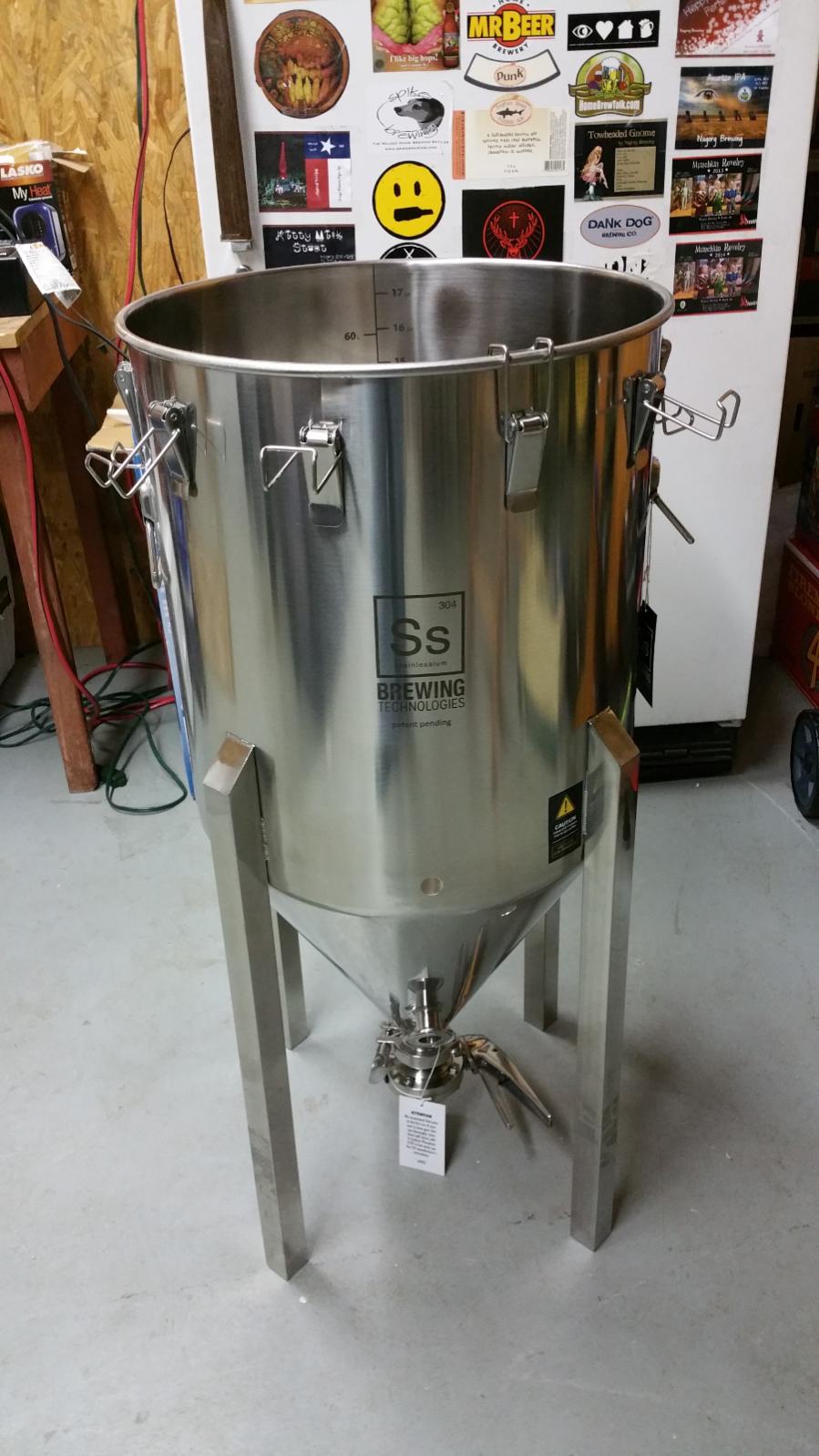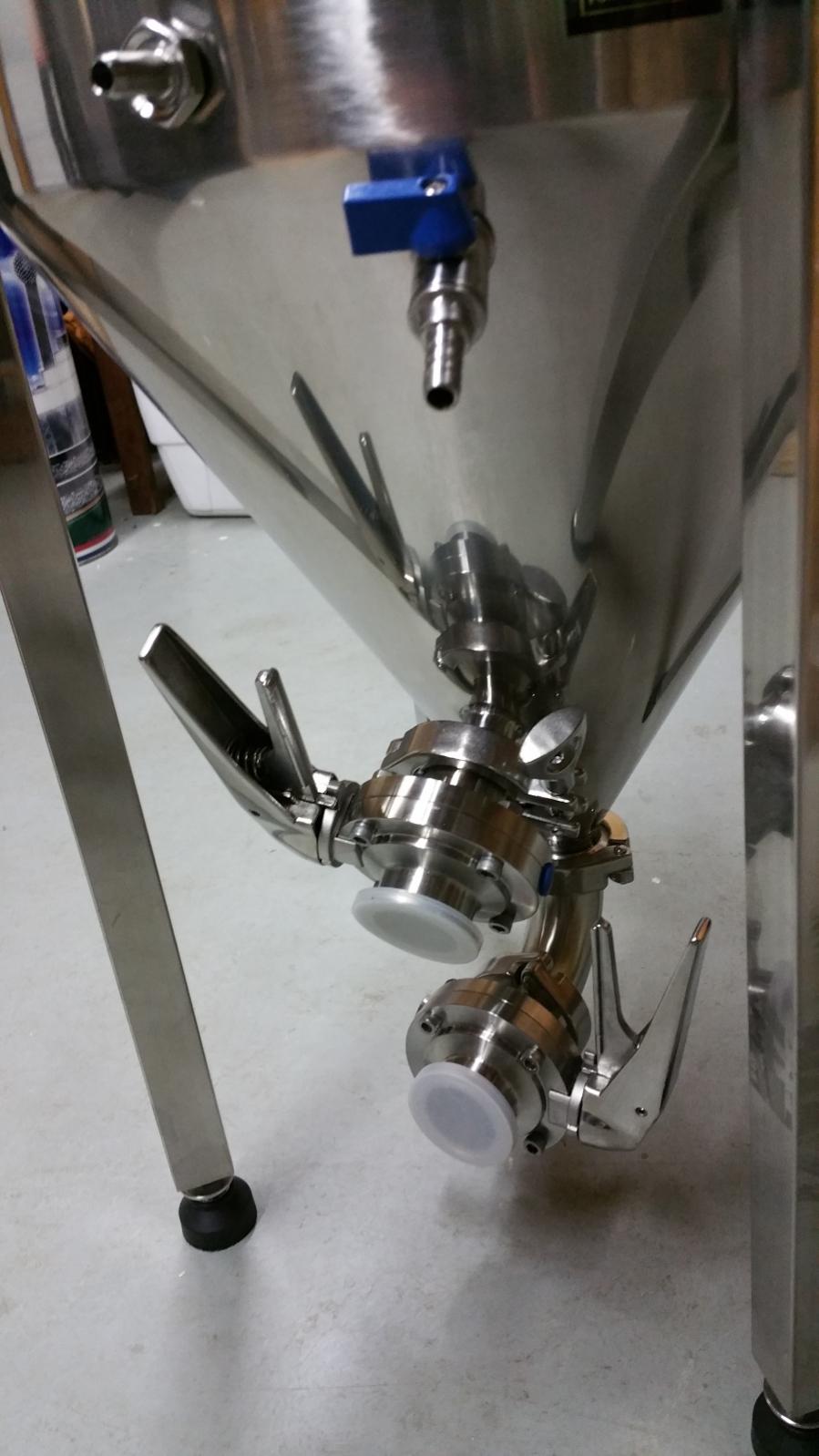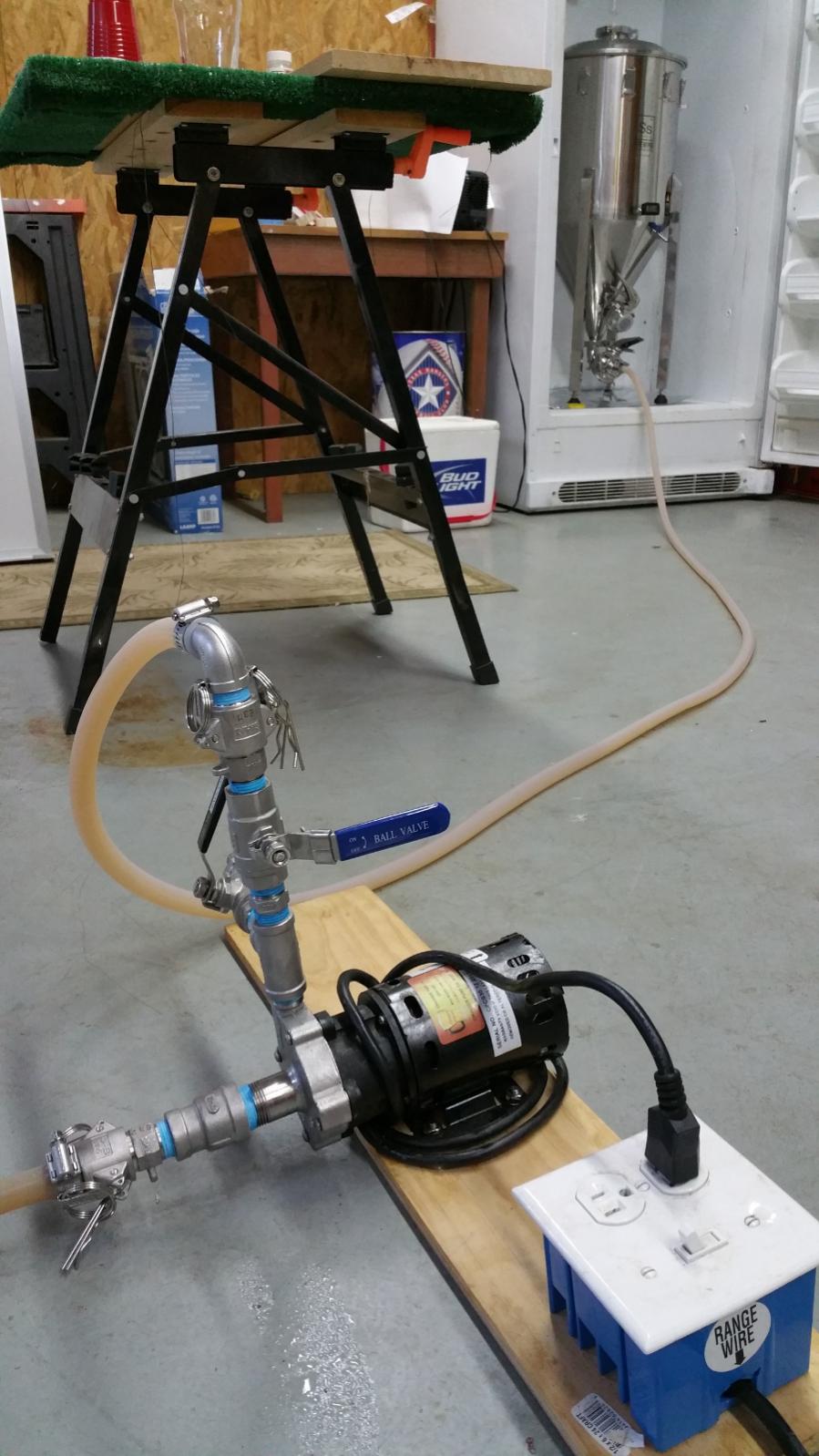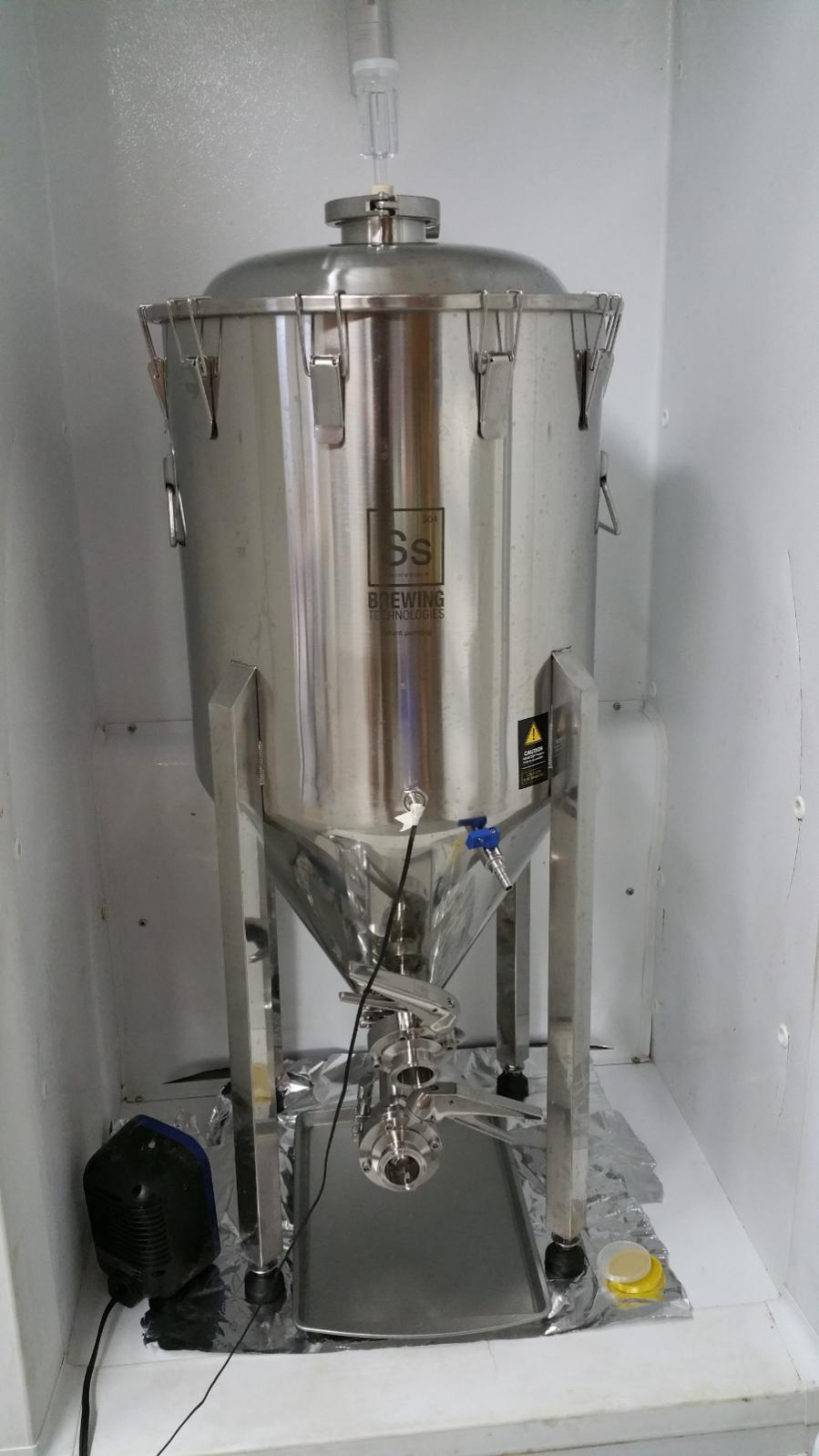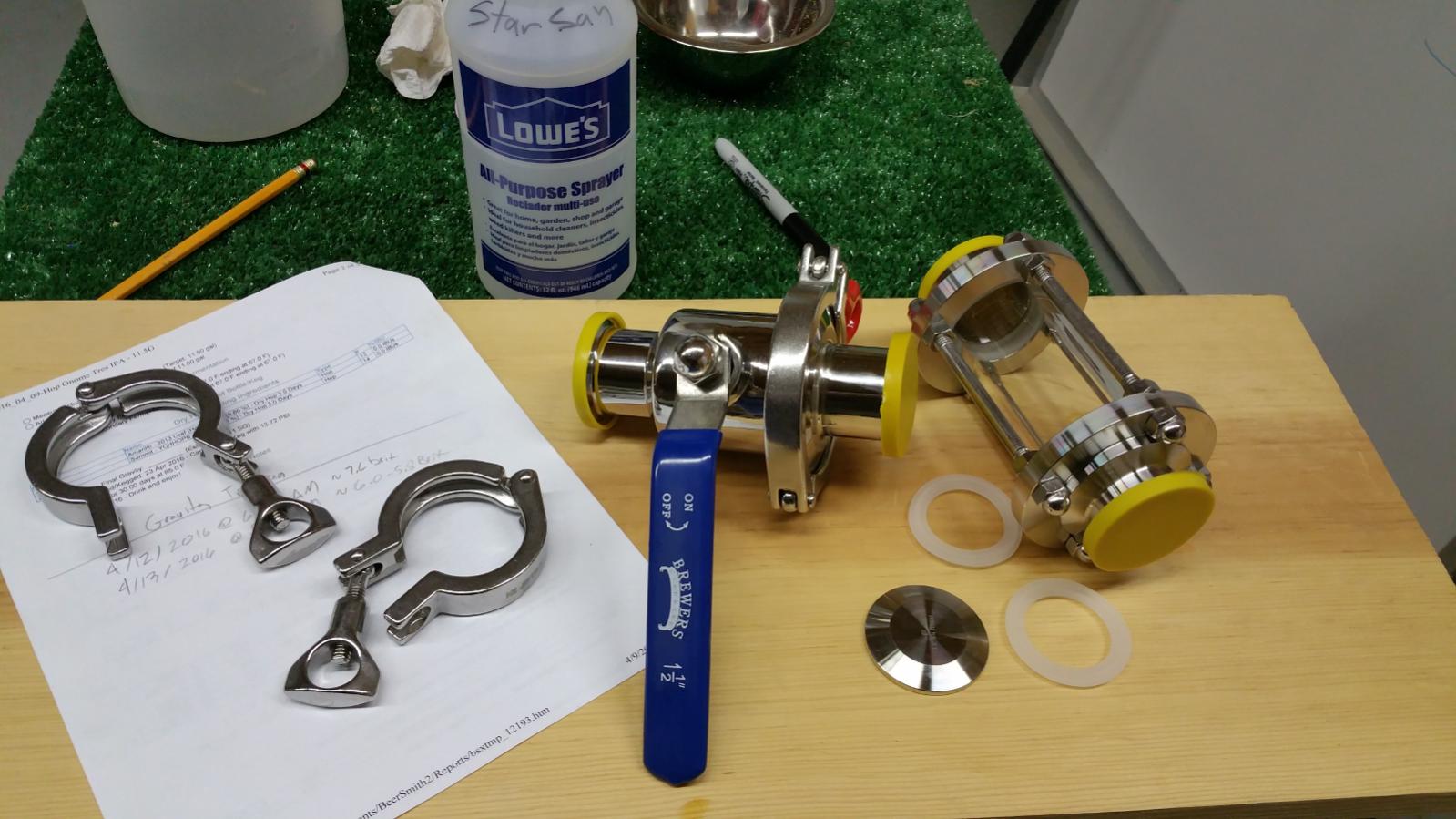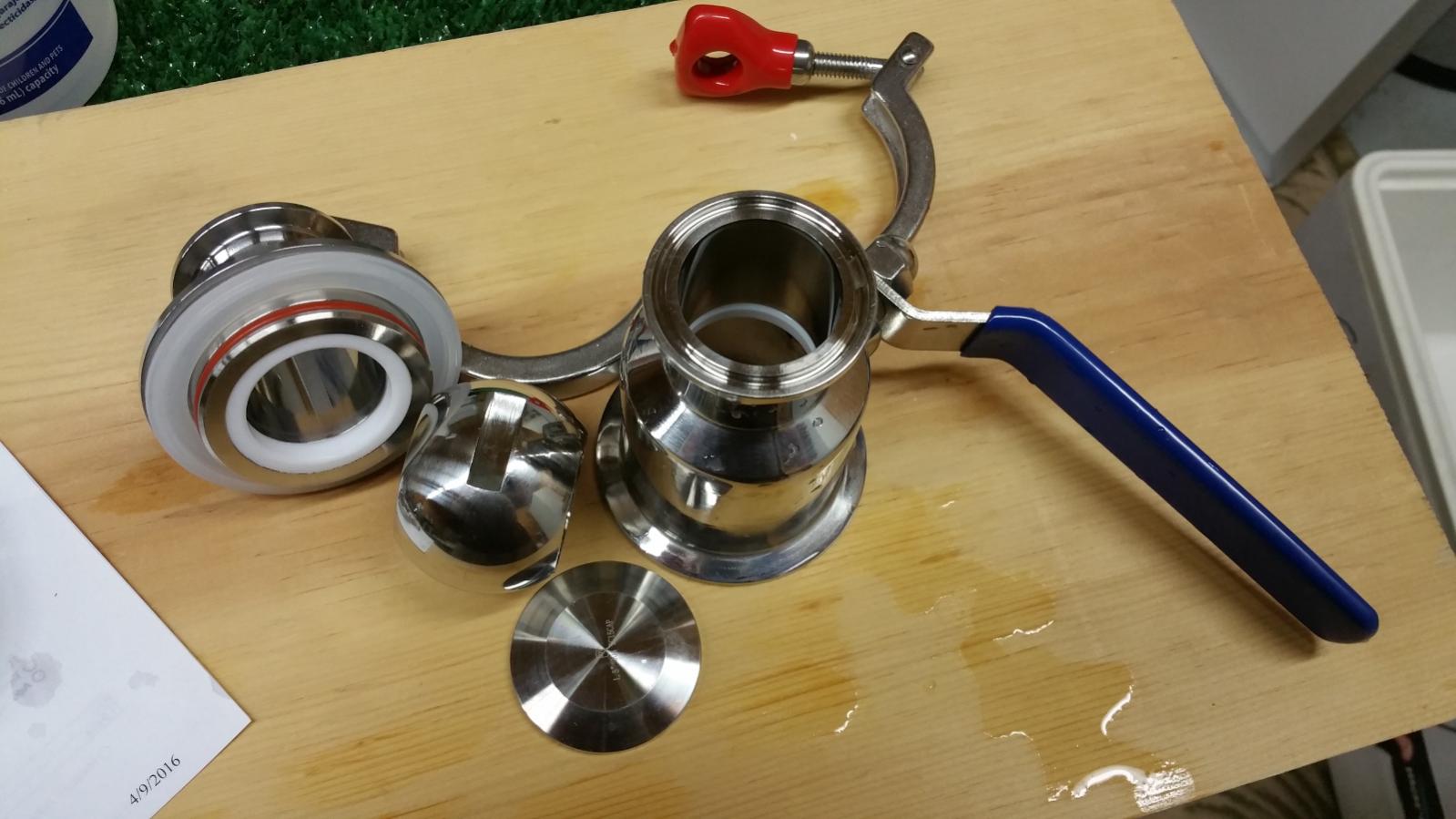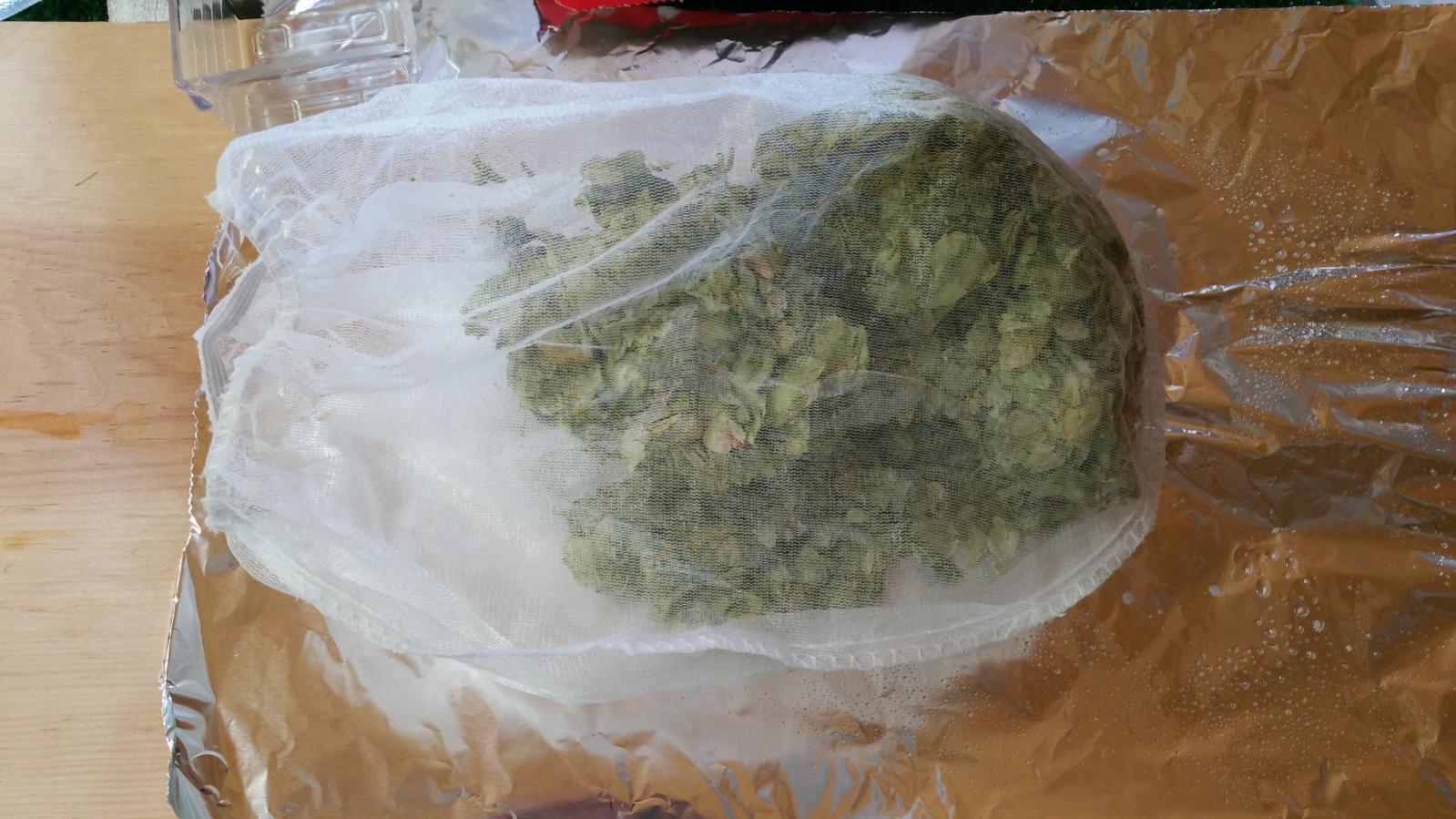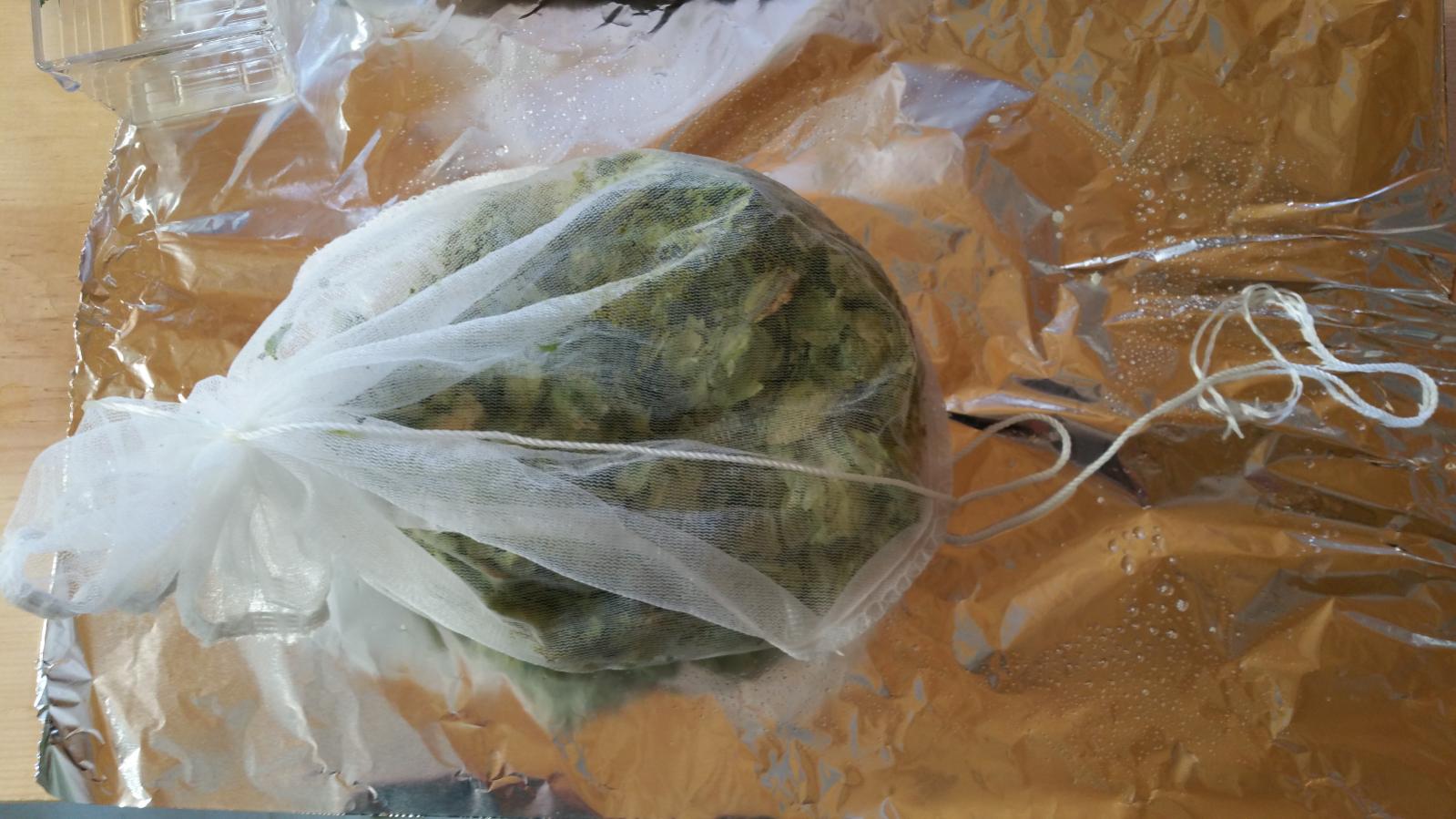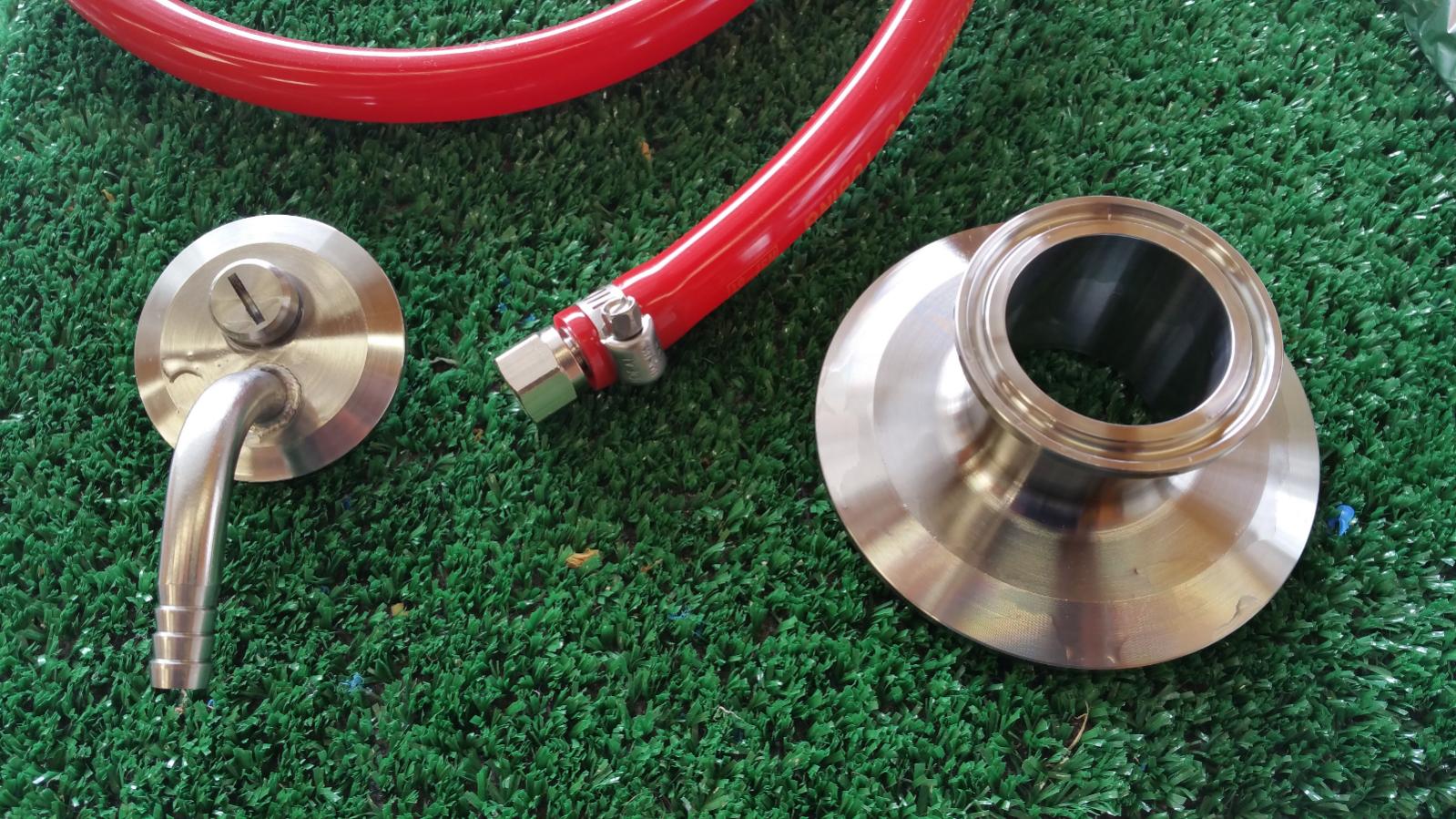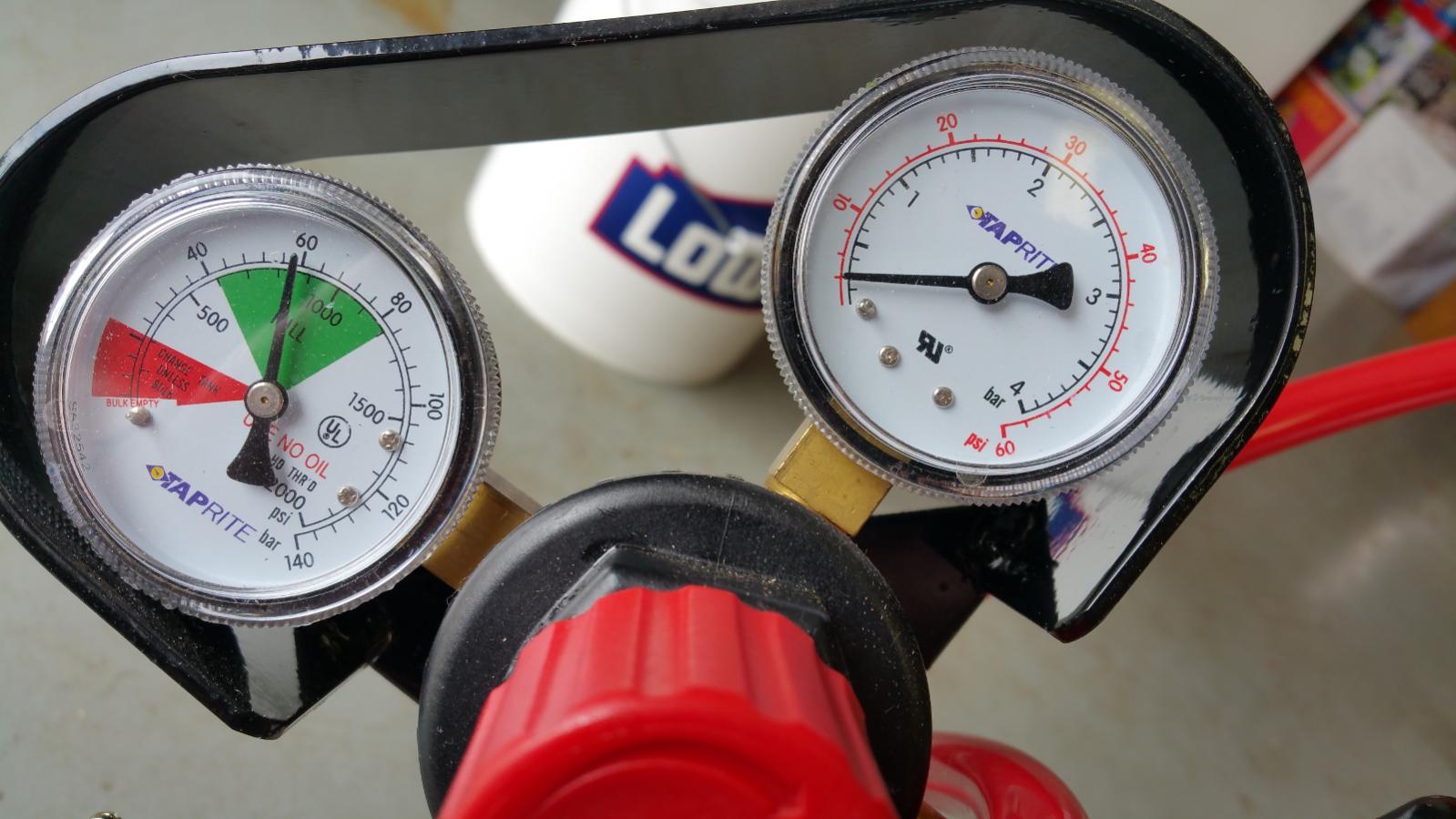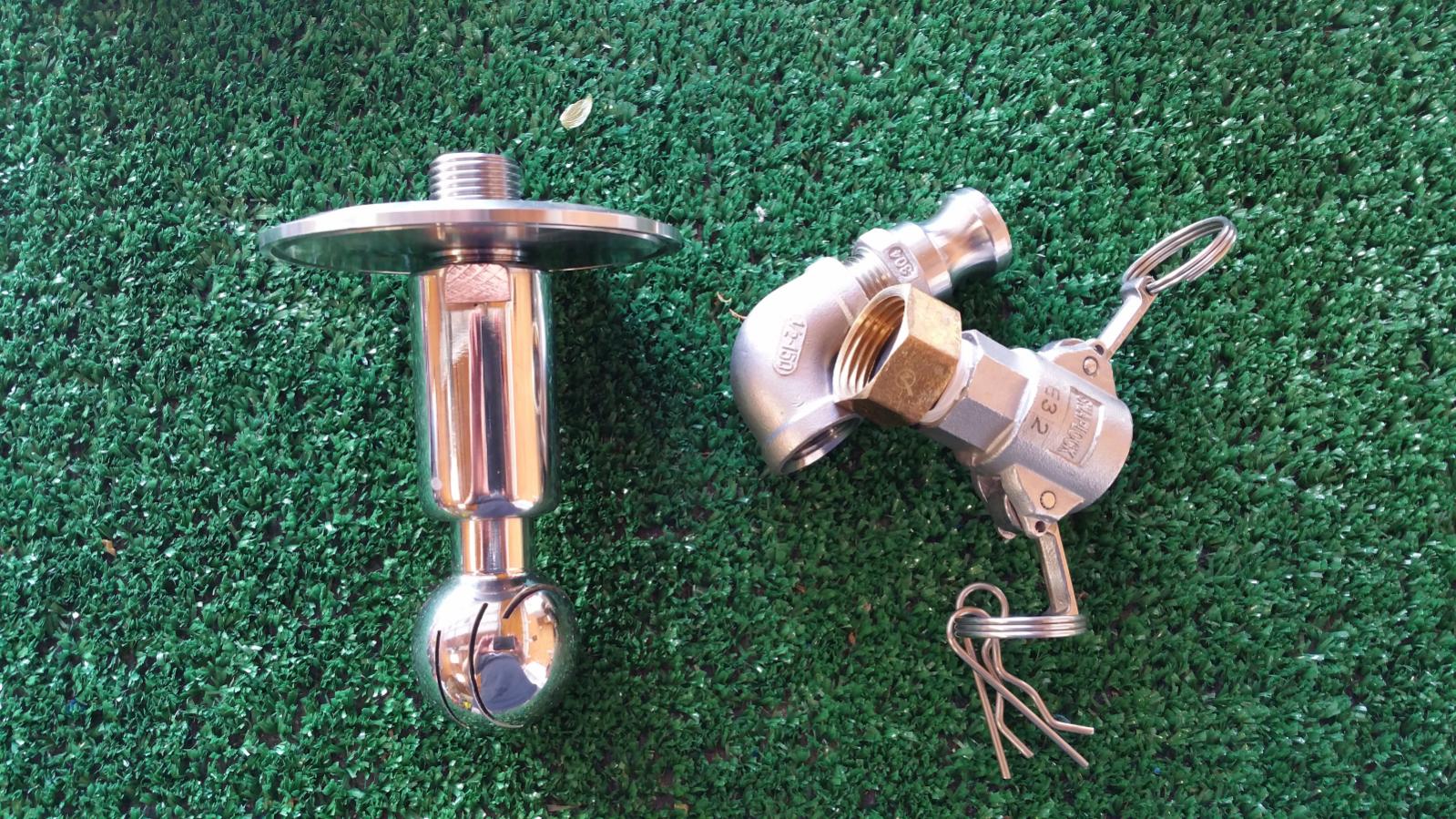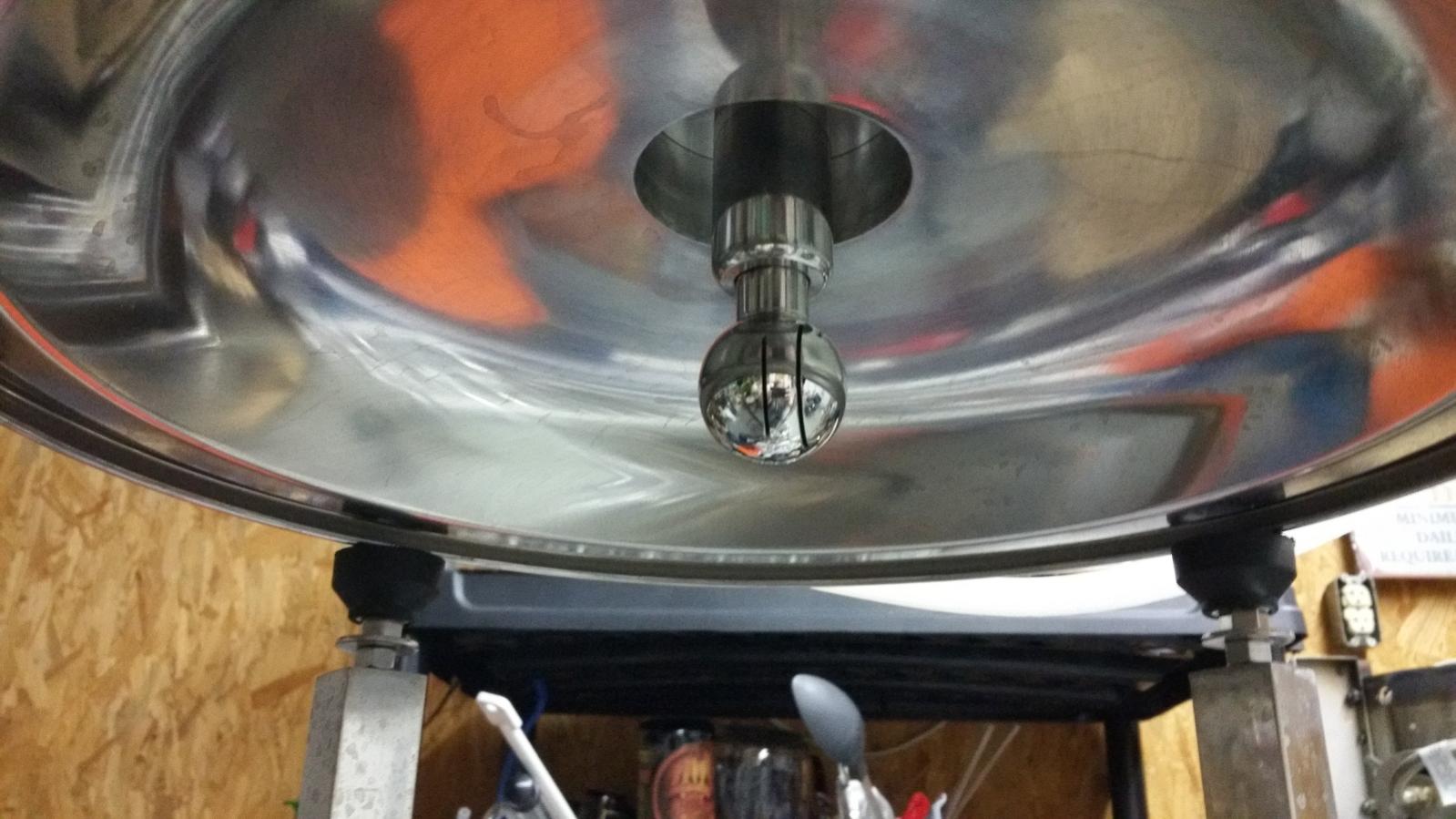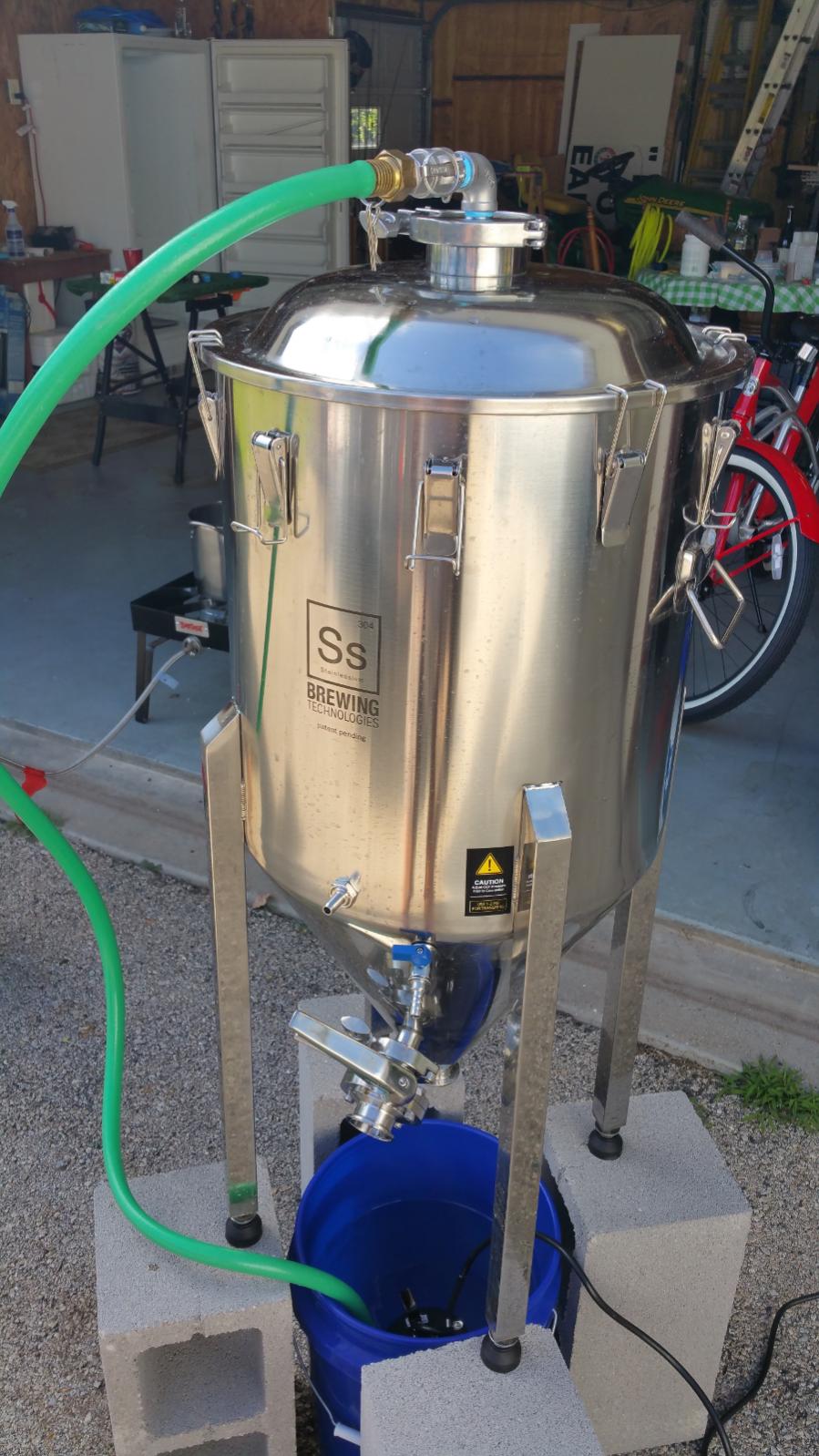Hello HBT! I was lucky enough to win the Grand Prize in Ss Brewtechs Biggest Baddest Holiday Giveaway Ever on 12/18/2015 and of course I had to pick the Half Barrel BME Chronical. I can never again say that I never win anything...
First, a HUGE Thanks to Ss Brewtech for the generous giveaway and to HBT for hosting these things!
For the HBT folks that might be considering a Chronical I wanted to post my experiences with it. I have photos and some commentary but please understand that this is only about my journey and inst meant to imply anything about what might be right or wrong for others.
So, here we go...
First, a HUGE Thanks to Ss Brewtech for the generous giveaway and to HBT for hosting these things!
For the HBT folks that might be considering a Chronical I wanted to post my experiences with it. I have photos and some commentary but please understand that this is only about my journey and inst meant to imply anything about what might be right or wrong for others.
So, here we go...




